South America has the world's greatest river, the Amazon, as well as a number of other large rivers. As a result, despite the rather quiet military history of the region, it has seen extensive deployment and use of riverine forces.1 In fact, the largest ever naval battle between two South American nations took place on a river, about 400 nautical miles inland.
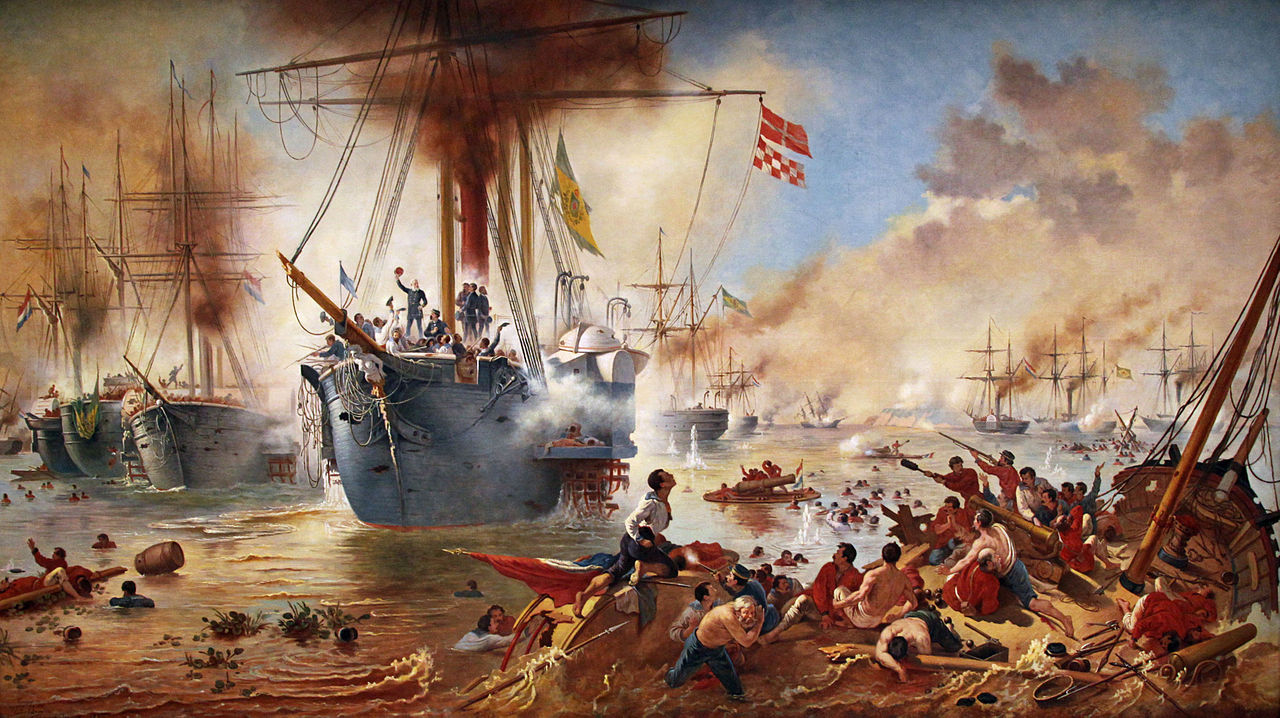
The Battle of Riachuelo
It was the decisive battle of the War of the Triple Alliance, probably the most brutal in South American history. It was triggered in part by tensions over Brazilian access to the Paraguay River, and began when Paraguay invaded first Brazil and then Argentina, using the rivers of the Plate basin for mobility. However, while both countries (and Uruguay, the third partner in the Triple Alliance) were outnumbered on land, the Brazilian Navy was by far the best in the region, particularly when they were able to pick up several ironclads that Paraguay had ordered and then defaulted on payments to the foreign shipyards that were building them. On July 11th, 1865, the Paraguayans attempted to sneak up on the anchored Brazilian fleet and board the ships, apparently hoping to capture them and run off. The plan failed, and the Brazilians sunk four gunboats and all of the Parguayan's towed gun barges, at a cost of only one gunboat stranded and burned. This secured control of the Plate for Brazil, ultimately leading to Paraguay's defeat.
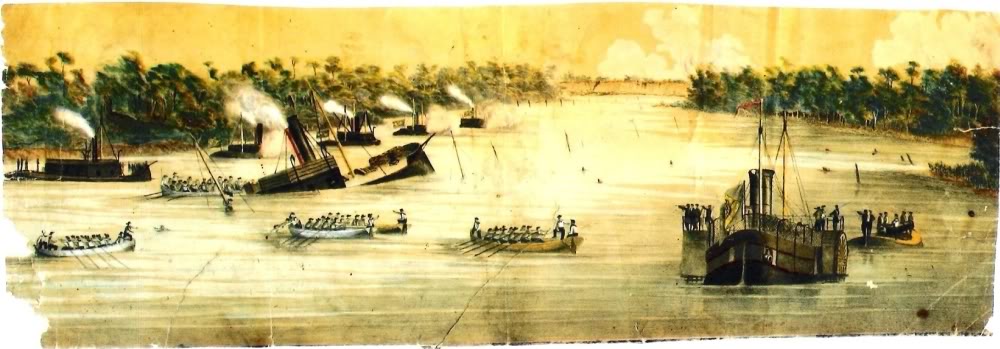
Rio de Janeiro sinking
However, Paraguay refused to give in easily, and spent the next five years attempting to fight back. The ironclads were a source of particular trouble to them, and special units were trained to approach them in canoes and board them, hoping to take one for Paraguay. They were successful in boarding on several occasions, but the Brazilian tactic of locking the hatches and having a nearby gunboat bombard the boarders with grapeshot meant that the second step of the plan was never successful. Another notable event was the loss of the Brazilian ironclad gunboat Rio de Janeiro at the Battle of Curuzu to a pair of mines.
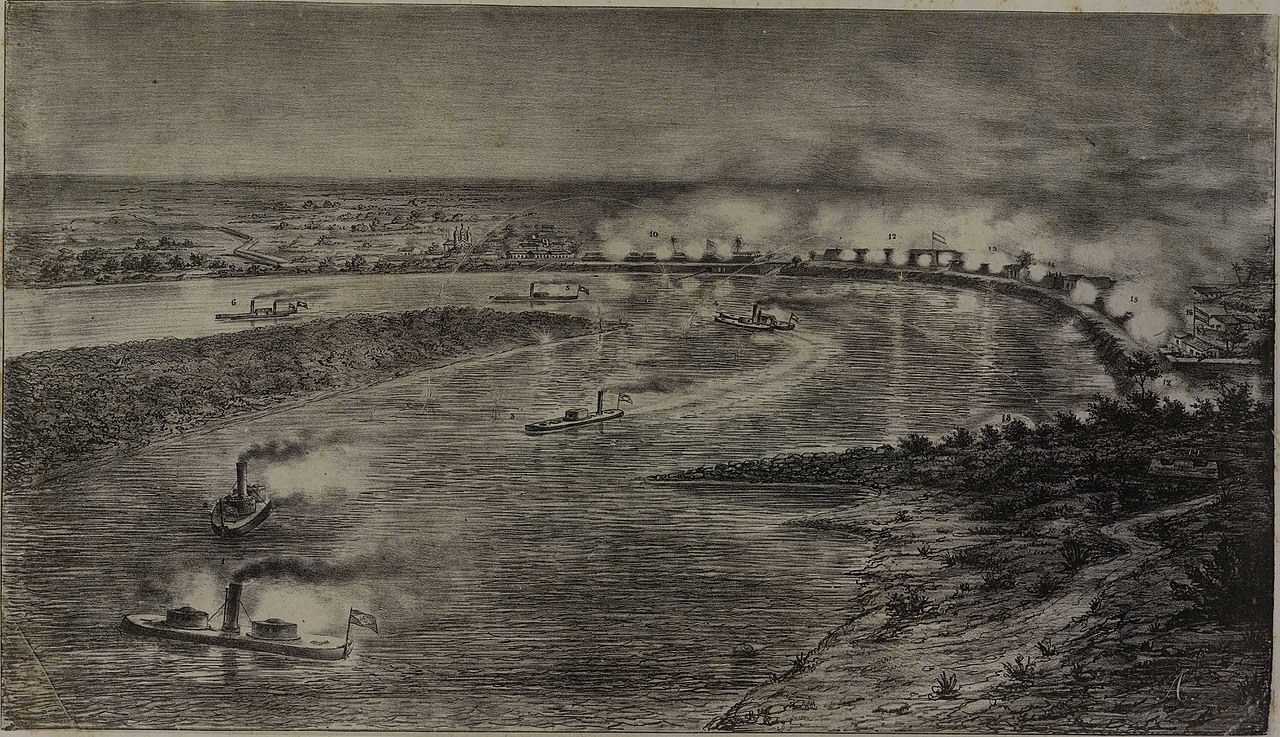
Brazilian monitors running past Humaita
Access by the allies to Paraguay's rivers was blocked by the fortress of Humaita, known as the "Gibraltar of South America". A mile of shoreline was lined with batteries, and a chain boom closed the upper end, while the landward side was protected by impenetrable swamps and earthworks. To take it, resupply would have to be cut off, and that could only be done by getting ships upstream to block the river, which would mean that the ironclads would have to get through the chain and avoid getting sunk by mines. They finally decided to avoid all of these problems by passing through when the river was very high, so that they could ride over both mines and chains, but the current would be a serious issue. Much like Farragut at New Orleans, the passage would be made in the hours of darkness. However, to get the low-powered river monitors past in a timely manner, each was to be lashed to a larger coast-defense battleship. The first pair made the passage successfully, but the second pair came under fire, and the cables connecting the river monitor Alagoas to the larger Bahia were shot away, and the smaller ship began to drift downstream. Her captain, ignoring the abort signal, managed to pass over the chain, only to take engine damage and be swept back below the chain. Her engineers made repairs, and she passed over the chain a second time, finally winning clear after two hours under fire. The third pair's passage was uneventful, and the news sent the international prestige of the Allies soaring. Humaita surrendered shortly thereafter, and while the war dragged on for another two years, Paraguay's defeat was inevitable.2
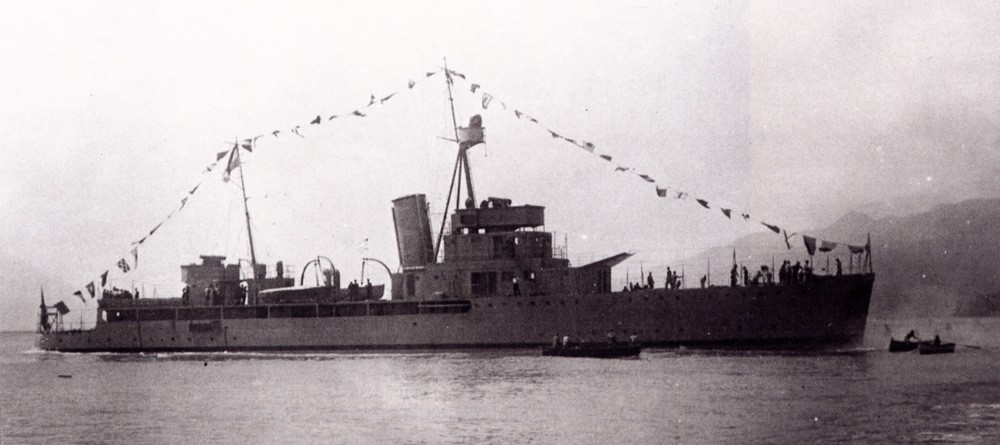
Paraguayan gunboat Humaita
Only a few major wars have followed the War of the Triple Alliance, most notably the War of the Pacific. While interesting in many respects, including the participation of the ironclad Huascar and an early use of specialized landing craft, it was fought on the Pacific coast of South America, an area lacking in large rivers. The next war with major naval participation was fought between Bolivia and Paraguay, both entirely landlocked.3 Paraguayan gunboats played an important part in the conflict, although working primarily as transports to the far interior. Bolivia attempted to counter with air attacks, the first in the Americas, although without much success.
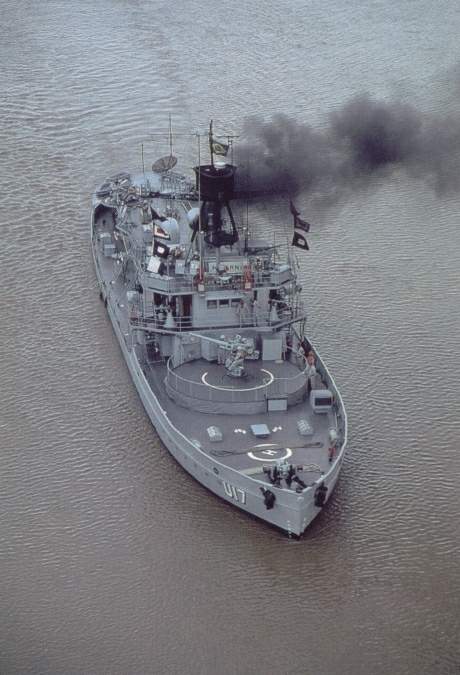
Parnaiba
Despite the lack of interstate conflict over the last century, riverine forces have not been idle. Many have participated in coups, revolts, and rebellions, or have helped put down such attempts. Today, rivers remain vital highways for many countries, and are patrolled to keep down smugglers, poachers, and drug traffickers. Colombia has emerged as the leading builder of such vessels, with both Peru and Brazil agreeing to buy Colombian gunboats to patrol the Amazon basin. This is despite the fact that fresh water and minimal demands on the engines give riverine vessels a long life. One of Brazil's river monitors, the Parnaiba, was commissioned in 1938, and is currently the oldest commissioned warship in active service.
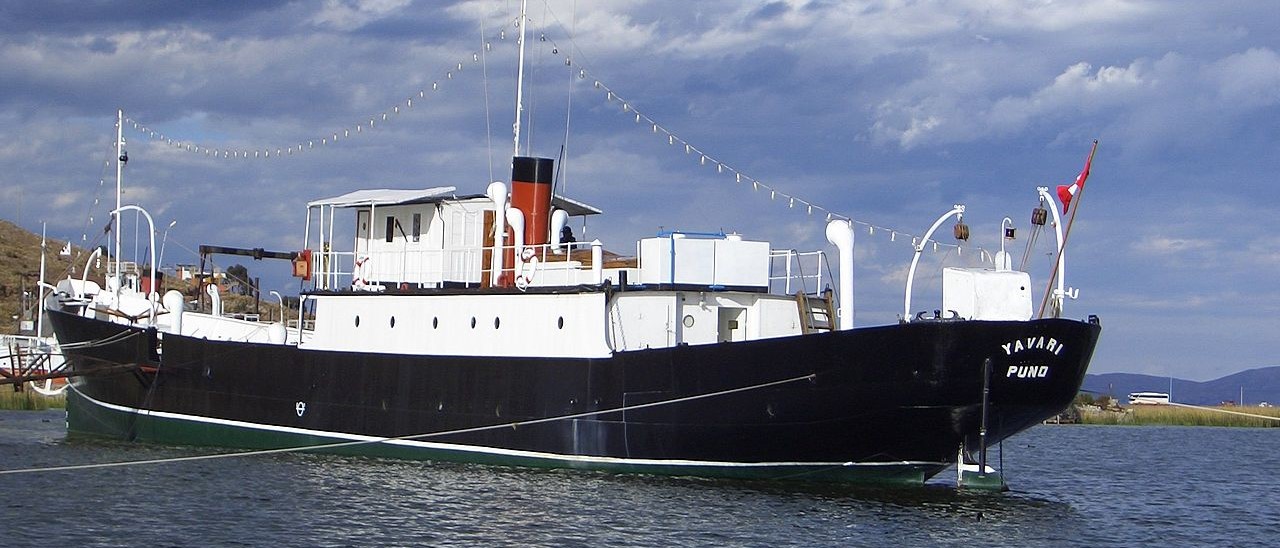
Yavari
The extended peace has given rise to a number of other oddities. Both Paraguay and Bolivia are among the handful of landlocked countries to have navies. Paraguay's is quite large and powerful as riverine forces go, as befits a country with its extensive river system. The Bolivian Navy is smaller in terms of ships (although it has more personnel),4 and does most of its patrol work in the tributaries of the Amazon and on Lake Titicaca, the highest navigable lake in the world. But the main reason the Bolivian Navy is independent is that Bolivia still has yet to reconcile itself to the loss of its Pacific coastline during the War of the Pacific, and the navy exists to keep alive the hope of recovery and "encourage a maritime consciousness". Lake Titicaca is on the Bolivian border with Peru, and the Peruvians have two of the oldest gunboats afloat, Yavari, launched in 1870 and now a museum, and her sister Puno, launched two years later and still active as a floating hospital.5
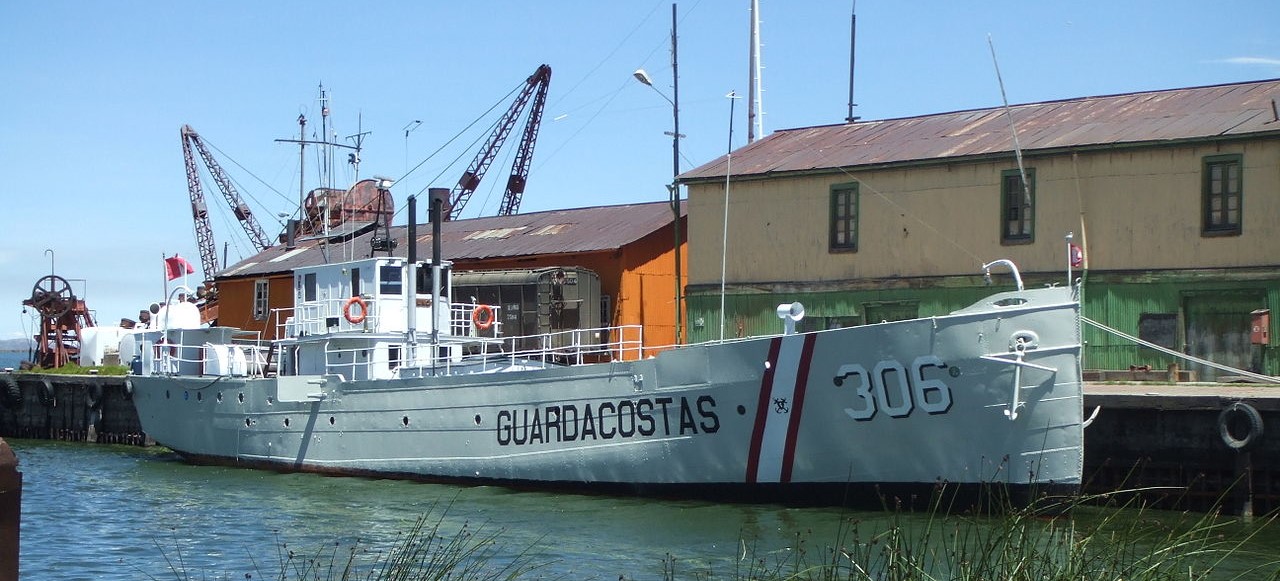
Puno
There is one name that has been largely absent from this recounting, that of the Amazon. Alone among the world's great rivers, it has seen very few gunboats, presumably because it is almost entirely within Brazil. Next time, we'll turn to the river that saw more gunboats than any other: the Yangtze.
1 As usual, I'm really only looking from the 19th century onward. Sources before that are sketchy. ⇑
2 The War of the Triple Alliance is also notorious for being probably the most destructive to a country's population in modern times. Some claim that 60% of Paraguay's population, and 90% of military-aged males, were killed, although modern scholarship casts doubt on this. ⇑
3 This is one of two naval wars in South America during the 20th century, discounting things like the South Atlantic during WWII. I've discussed the other one extensively. ⇑
4 For some reason it's considerably better-known, to the point that the Paraguayan Navy didn't have its own Wiki article until 2021. ⇑
5 Presumably due to a lack of other fuel sources, both ships were originally powered by dried llama dung. ⇑

Comments
Looking at the wiki for The Battle of Riachuelo it seems like the original plan, while sounding ridiculous, was surprisingly solid and could have worked if it had been executed. The decision of the fleet commander to change it on the fly seems poor at best.